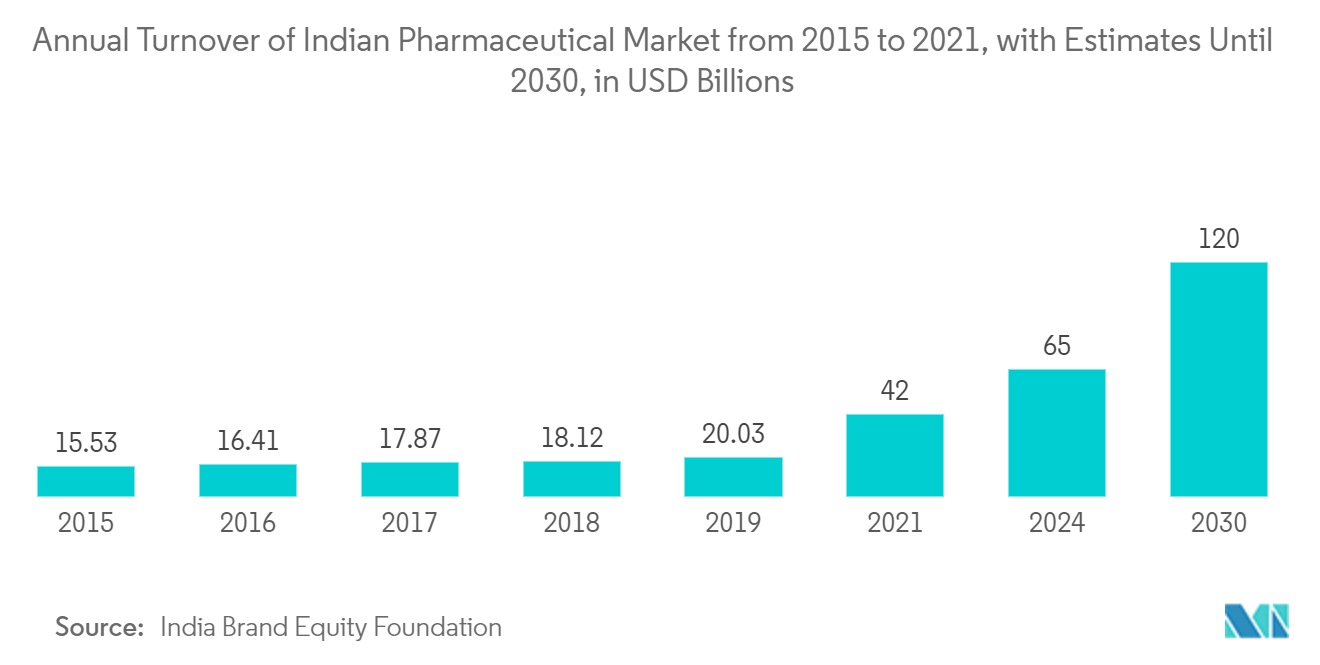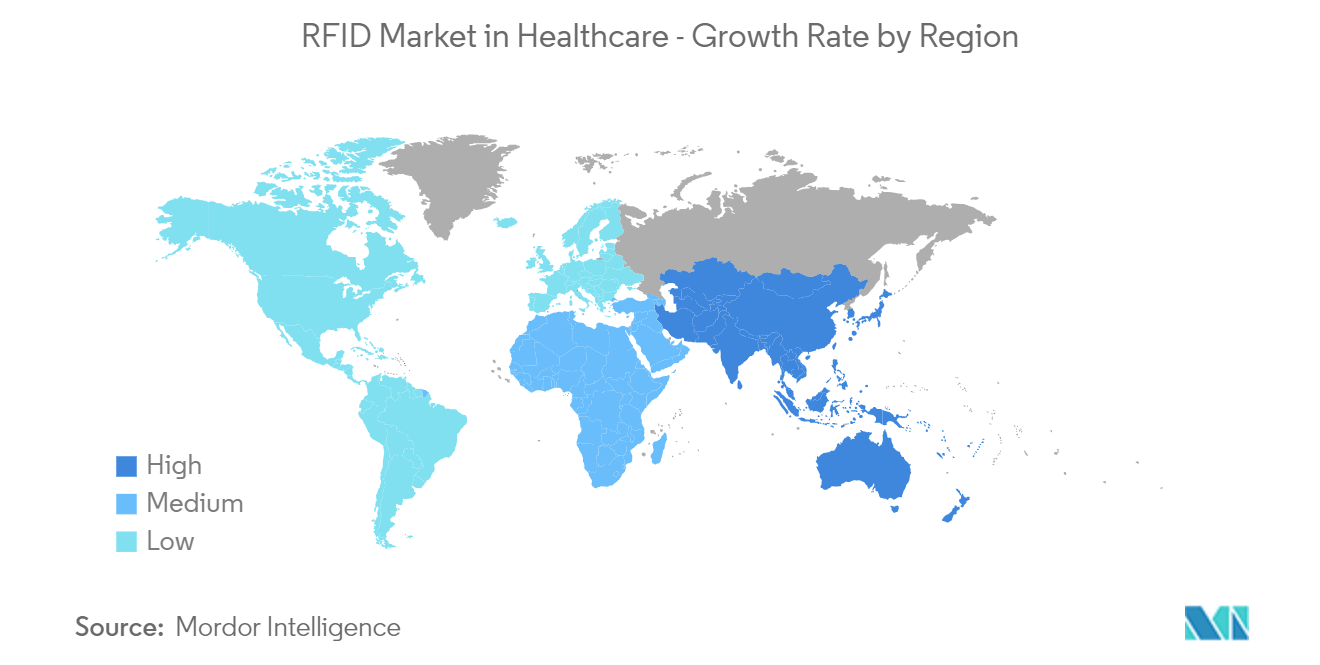Market Trends of Healthcare RFID Industry
Pharmaceuticals to Witness the Growth
- More hospitals and healthcare systems are beginning to adopt RFID tags for tracking medication inside their facilities as manufacturer-enabled smart labels with RF tag identification increases, in addition to more interoperability between medications and other pharmacy technology solutions.
- However, RFID has also been adopted by the pharmaceutical industry to prevent the counterfeiting of different prescription medicines with added supply chains and operational benefits. As a result of continued technological advancement, manufacturers can accurately analyze consumption and inventory data using data analysis techniques and RFID technology. As mandated by the California Board of Pharmacy, regulatory demands such as implementing e-Pedigree in the supply chain will also generate substantial demand for RFID in the pharmaceutical sector.
- The healthcare RFID market has been significantly driven by an increasingly strict regulatory environment in the pharmaceuticals sector. In the field of pharmaceuticals, stringent measures have been introduced by governments and other regulatory bodies throughout different countries to reduce problems caused by counterfeits and other health issues.
- Once a prescription has been put in the medicine cabinet, pharmaceutical companies look for improved ways of controlling their medicines throughout the supply chain. RFID is currently regarded as the answer to this question due to its capacity for capturing and transmitting data. The pharmaceutical industry tries to achieve that by improving quality, reducing costs, or, most of all, enhancing patient safety.

Asia Pacific to Register Fastest Growth
- RFID is applied to a wide range of applications in the healthcare sector, such as constant and direct patient or medical device tracking. It helps and supports healthcare professionals to improve and promote healthcare quality, decreases medical errors, and optimizes and automates the healthcare process by carrying out large amounts of work in data collection, integrity, entry, and confirmation such as patient identification, pharmaceuticals checks, and patient referrals, among others.
- The main factors positively influencing growth in the region's market are rising medical costs and improved healthcare infrastructure. Growth factors contributing to regional development, including the increasing number of healthcare professionals associated with hospitals, improved regulatory framework, prioritizing patient safety, and tracking medical devices, are expected to drive demand for efficient health services due to the rising disease burden.
- In addition, the use of RFID solutions to track assets is widespread in Australia. Large quantities of disposable goods like bandages, needles, and personal protection equipment must be handled by hospitals and elderly care facilities. Box containing consumables and disposable items may be fitted with passive RFID tags.
- However, RFID technology has been extensively used in the healthcare industry, for instance, in medicine devices, machinery, and support equipment. The growth of the healthcare RFID market is fueled by the increasing use of RFID to monitor these devices in different health environments to provide efficient patient care.


